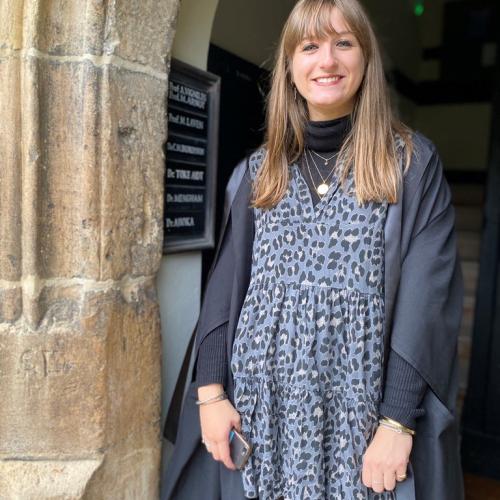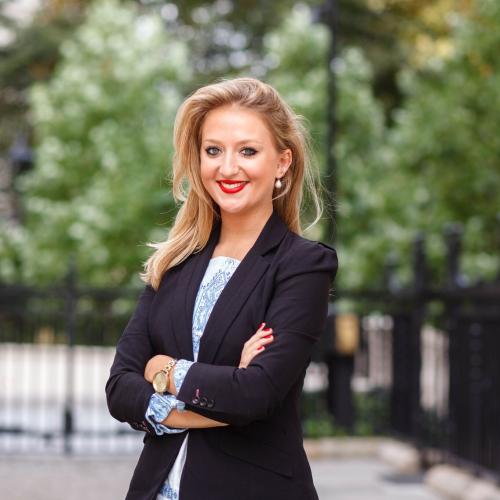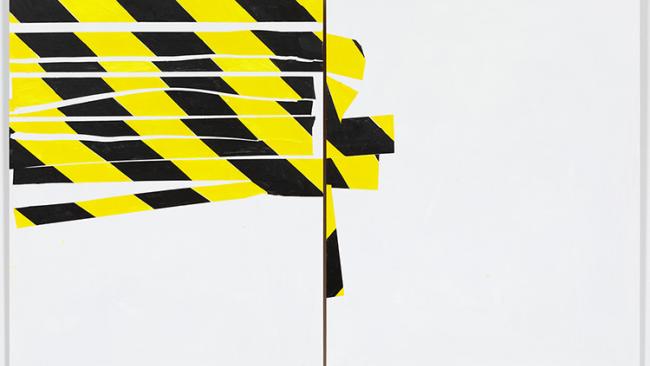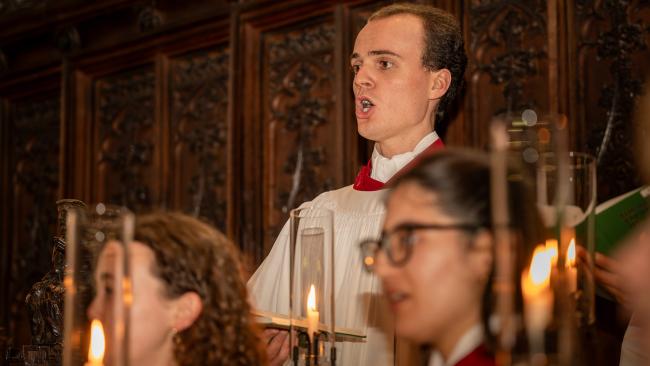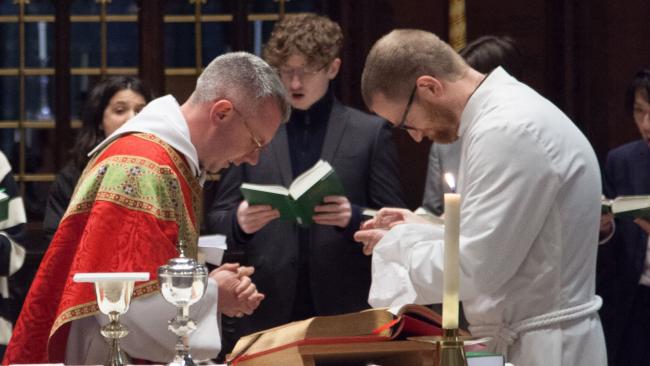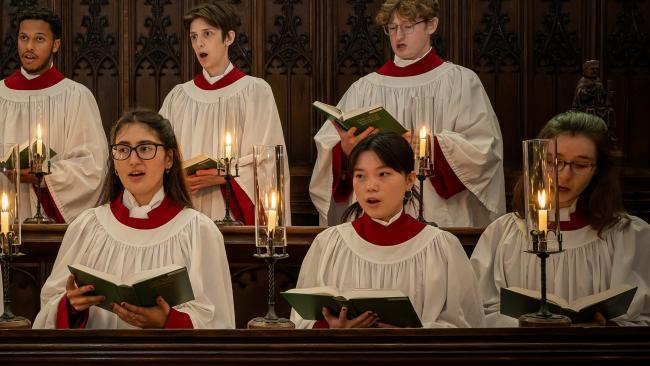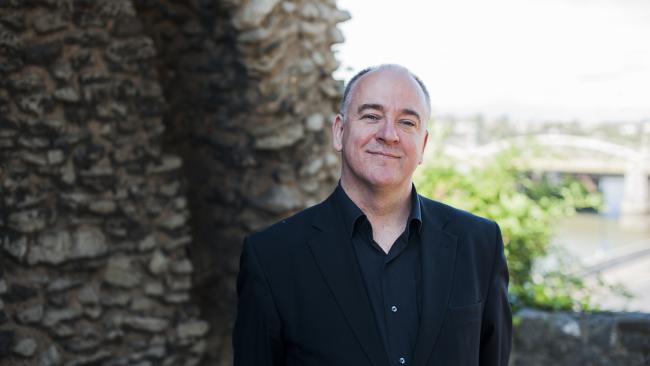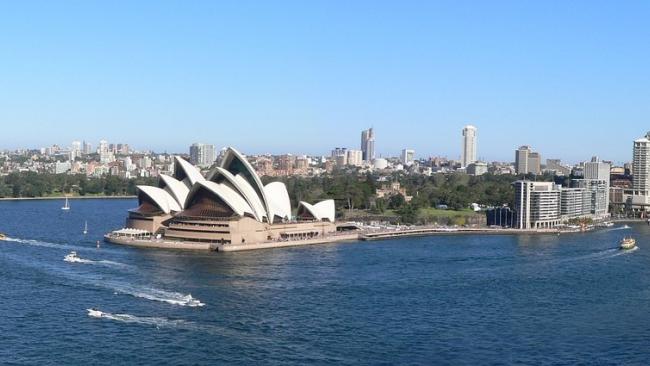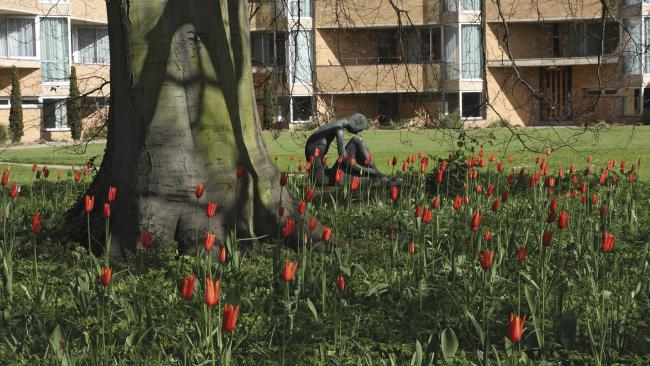
1945 onwards
Since 1945 Jesus College has grown and changed, achieving new academic distinction, welcoming more diverse Fellows and students, and developing a rich cultural life.
Academic changes
Jesus College’s history since 1945 is one of growth but also profound change. Its role as a finishing school was finally ended by the University’s insistence that all undergraduates should read for an honours degree.
In 1944 the Education Act introduced central and local government scholarships and means tested maintenance grants for everyone who successfully applied to do a first degree, including at Cambridge.
The College’s traditional role as a training college for Anglican clergy also faded away, leaving it an essentially secular institution, although the Chapel still plays an important role for many in College life.
Growing fellowship and academic distinction
Another major change was the increase in the number of Fellows, from 13 in 1925 to 26 in 1958, 60 in 1988, and 90 in 2015.
This was more to do with the changing duties of Fellows than with increasing undergraduate numbers. Fellows' research and teaching have become not only their primary concern but also much more specialised, leaving them with less opportunity for teaching within the College or taking on other roles.
The academic distinction of the College since 1945 has been something new in its history. Each Master has been renowned in their field, and three Jesuans (two of them former Fellows) have won Nobel Prizes. A former Fellow and a former Master have been Presidents of the Royal Society and the British Academy, and more than 20 serving Fellows have also been Fellows of these bodies.
Student numbers
Among students the greatest increase in number has been in graduates and those doing research. By 1958 the number of undergraduates had risen only 20 per cent over pre War levels to 360, and in 2015 it was about 480.
But, while in 1958 there had been fewer than 50 graduate and research students, by 1978 there were more than 80, and by 1988 double that figure, which has almost doubled again since. Now one in three Jesus College students is a graduate.
Admission of women
Women were admitted to the College as Fellows from 1976, graduate students from 1977, and undergraduates from 1979. In 2015, 24 of the Fellows and more than 45 per cent of students were women. 2019 saw Sonita Alleyne OBE elected as the College's first female Master.
New buildings
Rising numbers of Fellows and of students has led to more buildings. North Court was designed by the Cambridge architect David Roberts, with 72 rooms on an ingenious plan and built in 1962-4.
A second building by Eldred Evans and David Shalev with 60 rooms on five staircases was built in 2000. This, with a new library and computer centre by the same architects built in 1994-5 forms the fifth of the College’s three-sided courts. All these buildings were largely paid for by former students in response to appeals, echoing the practice of the 17th century.
An extensive programme of adapting and modernising houses in nearby streets was also undertaken, now undergraduates and nearly all graduate students live in accommodation directly managed by the College.
Financial changes
The huge increase in the number of pensioner undergraduates during Morgan’s tutorship at the end of the 19th century, with its accompanying building programme, was seen within the College as a way to supplement both its endowment income and the fees that could be earned by Fellows willing to teach. After the Second World War it was clear that a new approach was needed.
Most Fellows were now career academics with much of their salaries paid by the University, not the College. Their right to the traditional 'dividend' was abolished. Following these changes the income from the College’s endowment and trust funds has come to be seen as there for the benefit of everyone the College has admitted to study or to research.
Most of the College's endowment income has been absorbed in maintaining the large estate of College buildings and in extending the social and recreational amenities provided. Fees and charges have been kept at lower levels than would otherwise have been possible, being substantially subsidised by the College’s endowment income.
Cultural and academic life
Since the 1950s life in College has been enriched by many sacred and secular music performances of high quality. It has also been enhanced by a variety of dramatic productions, by the creation of a collection of contemporary art, and by regular exhibitions, particularly of contemporary sculpture.
And in the last 30 years the wide range of fields of research pursued by Fellows and graduates has led Jesus College to host many conferences and seminars bringing scientists, scholars, professionals, civil servants, and politicians from all over the world to the College.
The West Court development
In 2014 the College acquired most of the buildings of a training college for Methodist ministers (Wesley House, now West Court), built in the 1930s on land previously belonging to the College.
The West Court buildings have been adapted and enlarged to provide not only more residential accommodation and social facilities for students and visitors but also a lecture theatre, conference and seminar rooms, and an interdisciplinary research centre.
This project was made possible by a generous response to an appeal, the largest we have ever received, and marked an exciting new chapter in our history.

